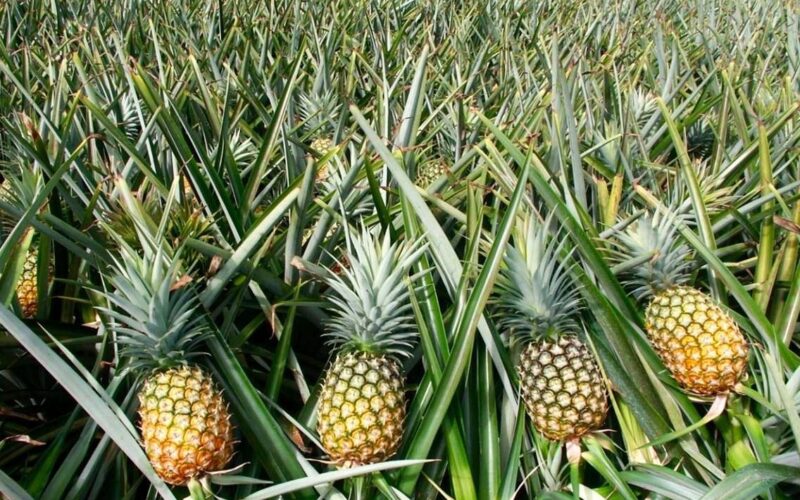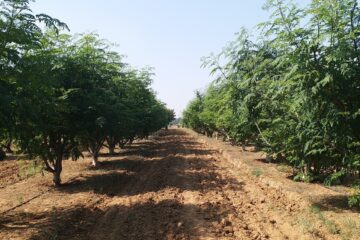The pineapple plant (Ananas comosus), rich in manganese and vitamin C, is widely cultivated in tropical regions and is known for its medicinal properties. However, when this crop is attacked by various diseases, it can lead to significant losses in production. Here, we discuss the major diseases affecting pineapple plants and the methods to control them.
Basal Rot Disease
This disease is caused by the fungus Ceratocystis paradoxa. It results in rotting at the base of the plant, and the affected tissue appears fibrous and spongy.
Heart Rot Disease
Heart rot is caused by the fungus Phytophthora cinnamomi. Infected plants show yellowing or coppery-brown discoloration of the central leaves. Over time, these leaves decay and die. These leaves can be easily pulled out from the plant.
Integrated Disease Management Practices
- Avoid deep planting to prevent basal rot disease. Ensure proper drainage by planting on raised beds to avoid waterlogging.
- Remove and destroy the debris from diseased plants to prevent the spread of pathogens.
Apply organic amendments such as compost, vermicompost, or manure to the soil. Keep the field weed-free as weeds can harbor pathogens. Before planting, soak the seedlings in a 1% Bordeaux mixture or a 0.2% Metalaxyl solution to protect them from diseases.
R. Thilakavathi, Department of Plant Pathology, Dr. M.S. Swaminathan Agricultural College and Research Institute, Eachangkottai, Thanjavur.










